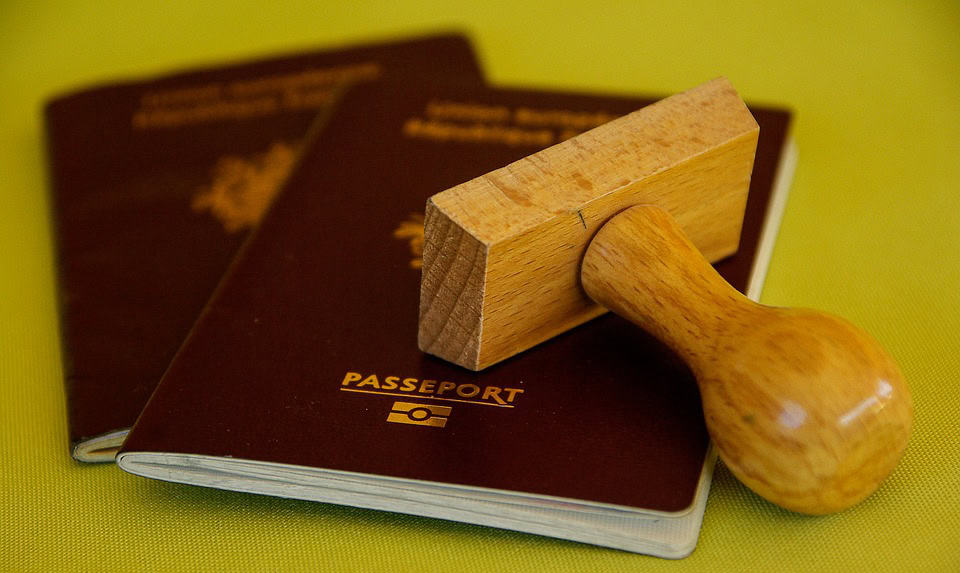It is using a mix of digital and in-person methods to promote the two new visas as India moves to become a popular stud destination as well as one of the world’s biggest sending markets.
“We are actively exploring ways to spread more awareness of this initiative via the Indian Embassies abroad through education fairs, webinars, and social media campaigns targeted at student communities in key countries,” Mamidala Jagadesh Kumar, chairman, University Grants Commission, told The PIE News.
The Ministry of Home Affairs recently announced two specialised visas, dubbed the ‘e-student visa’ and ‘e-student-x visa, for international students using the Study in India portal.
While international students registered on the SII portal can access the e-student visa facility, dependents of e-student visa holders are eligible for the e-student-x visa.

We are actively exploring ways to spread more awareness of this initiative via…education fairs, webinars, and social media campaigns targeted at student communities in key countries
Mamidala Jagadesh Kumar, UGC
Moreover, the MHA announced the approval of a new category called ‘G20 Talent Visa’ under sub-category (S-5 visa) of student visa.
The talent visa is for scientists, researchers, faculty members, and scholar academicians from G20 countries to enter India for the purpose of projects, training programs, post-doctoral research, fellowships, and more.
“This will help make India a more alluring option for students, particularly those in the G20 nations, considering studying abroad,” said Kumar.
“The Study in India portal will also prominently feature information on the G20 talent visa, including eligibility criteria and application procedures, in multiple foreign languages. We will also publicise the testimonials from students who have benefited from these visas, build trust and demonstrate the ease of obtaining them.”
Launched in August 2023 by the Ministry of Education, the SII portal attracted over 72,218 students from 200 countries for the academic year 2024/25, according to a report by The Times of India.
“One of the major advantages of the Study in India portal is the increased visibility. The portal showcases India’s diverse educational offerings, raising awareness and interest among prospective international students,” stated Kumar.
“The portal provides detailed information on study programs, institutions, and scholarships in India, helping the students to make informed decisions.”
According to Kumar, nearly 75% of international students are pursuing undergraduate courses in India, with over 15% studying postgraduate courses, and over 4% pursuing PhD studies.
Nepal is the largest contributor to the international student population in India, accounting for 28% of the total.
Following Nepal, students from various regions, including Bangladesh, Bhutan, Afghanistan, the UAE, Nigeria, Tanzania, Sudan, Zimbabwe, and the US, comprise most of the international students in India.
Although Bachelor of Technology and Bachelor of Engineering remain two of the most popular courses among international students in India, there is a growing demand for programs like Bachelor of Business Administration and Bachelor of Commerce.
“There is a good distribution of students across diverse fields, including Science (B.Sc), Pharmacy (B.Pharm), Arts (B.A), and Computer Applications (B.C.A). While undergraduate programs dominate, M.B.A. (Master of Business Administration) and M.Sc. (Master of Science) have a decent representation,” said Kumar.
While the number of Indian students abroad is expected to reach between 1.5 million and 2 million, UGC has spearheaded policies aimed at internationalisation in India’s higher education sector.
Under UGC regulations, Indian higher education institutions are now directed to allocate up to 25% supernumerary seats for international students, exceeding their total sanctioned enrolment for undergraduate and postgraduate programs.
Moreover, international universities can now establish campuses in India under the UGC’s regulations for foreign higher educational institutions.
Several institutions from Australia, the United Kingdom, and the United States have already set up branches or are in the process of doing so, marking a significant step in enhancing India’s global academic landscape.
With India aiming to attract 500,000 international students by 2047, it remains to be seen whether recent government initiatives will enable the country to achieve this ambitious goal.
“A more prominent international student presence in India will also help strengthen our connections with universities and institutions worldwide, increasing research collaborations, faculty exchange programmes, and knowledge sharing,” stated Kumar.





